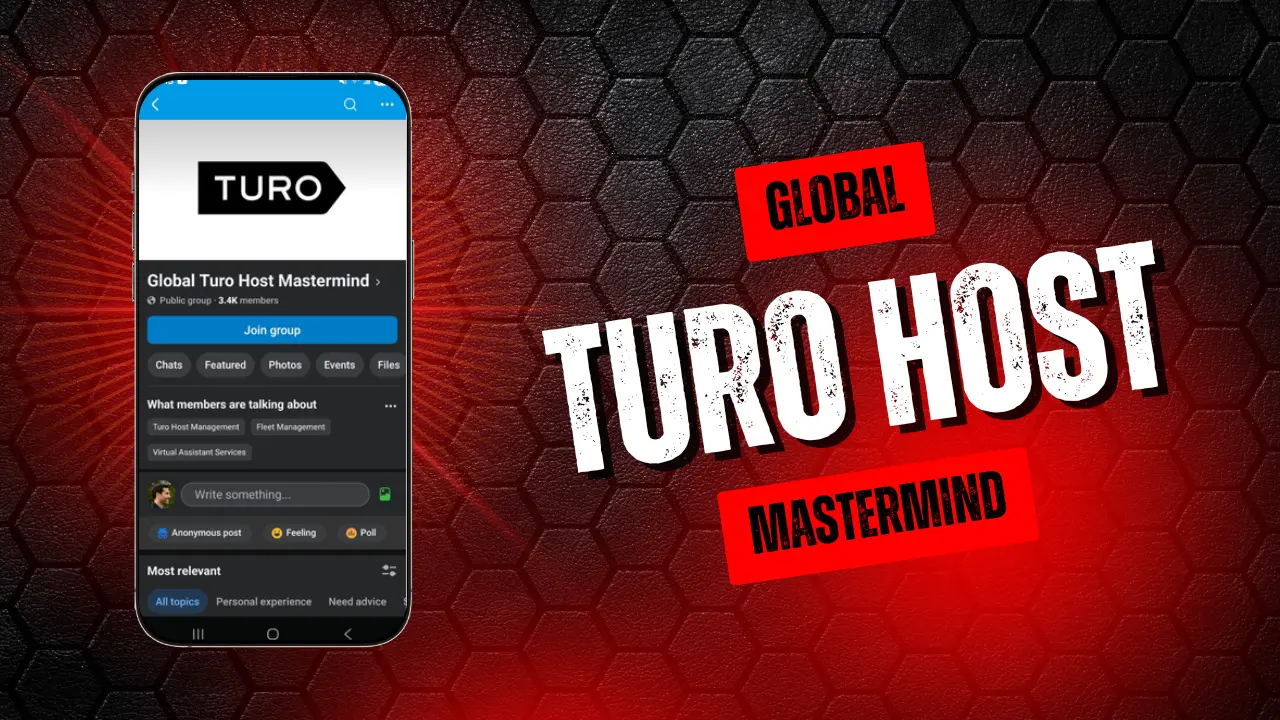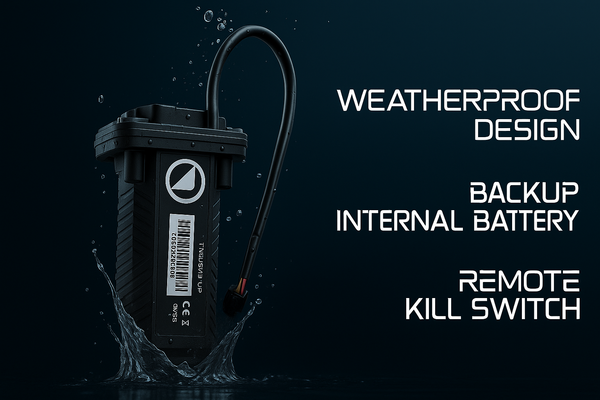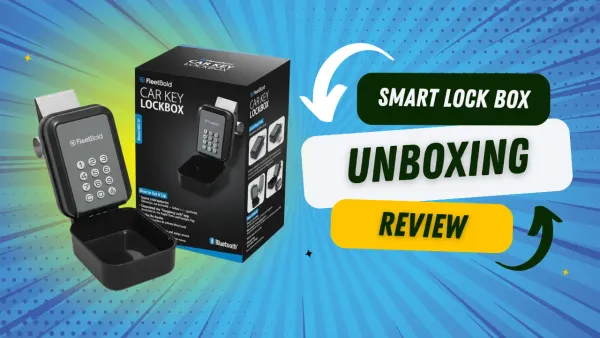Window Tint Laws by State, Complete Guide for Car Owners and Turo Hosts
Curious about window tint laws? Here’s the complete 2025 state-by-state guide for car owners and Turo hosts to avoid fines and stay compliant.
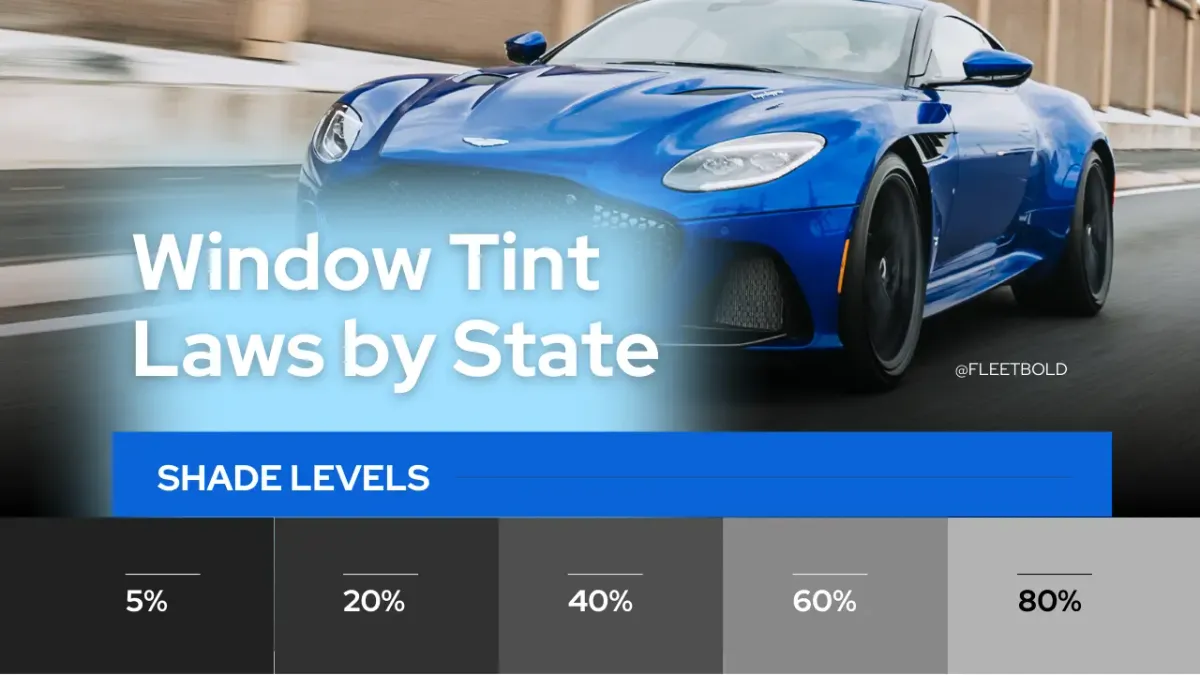
Introduction
Window tinting can make a car look sleek, keep interiors cooler, reduce glare, and improve privacy. But if you’re a Turo host or a car rental business owner, window tint laws can also create serious problems if you don’t comply. Each U.S. state has its own restrictions on how dark tint can be on front side windows, back windows, and rear windows and failing to follow these rules can lead to tickets, failed inspections, or unhappy renters.
This guide provides a state-by-state breakdown of U.S. tint laws in 2025, explains how they impact car owners and Turo hosts, and shares best practices to avoid costly mistakes.
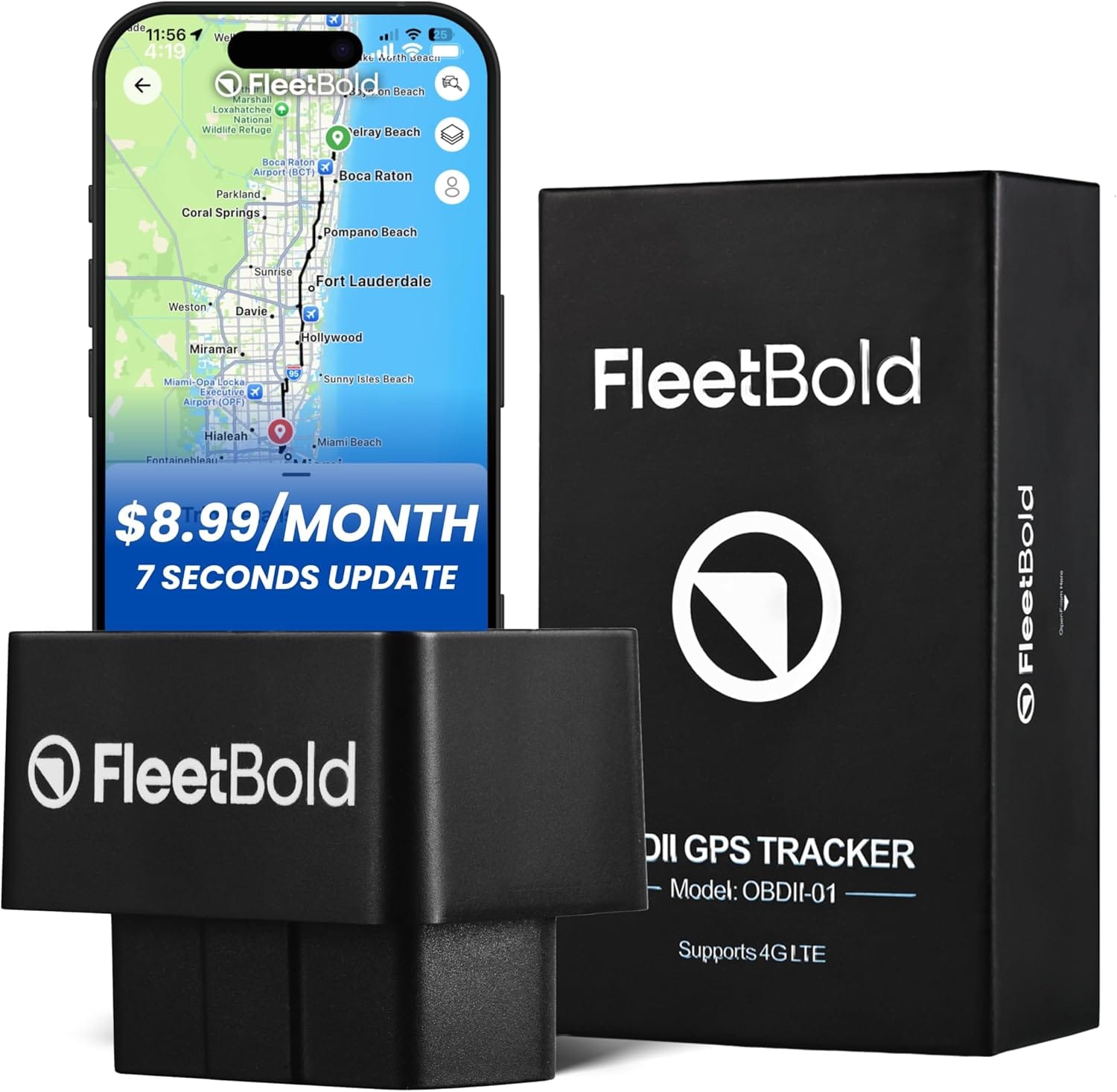
GPS Tracker for Vehicles OBD2 4G Real-Time Tracking
For Vehicles, Cars, Sedan, Trucks, Turo Hosts, Car Rentals & Fleet Operators, Plug&Play, Geo-Fence, Trip History, Smart Alerts. Global Coverage
Why Window Tint Laws Matter for Turo Hosts
For personal car owners, a ticket for dark tint is an annoyance. For Turo hosts, it can be a deal-breaker:
- Guest complaints – A renter pulled over for illegal tint could leave a negative review or file a complaint.
- Insurance issues – Claims could get complicated if the vehicle isn’t compliant with state safety laws.
- Lost bookings – Some renters may avoid overly dark tint, especially if driving at night.
In sunny states like Florida, Texas, or Arizona, tint can be a selling point as long as it’s legal. Compliant tint can even be a feature to highlight in your Turo listing, especially for guests who value comfort and privacy.
Complete U.S. Window Tinting Laws by State (2025 Update)
The chart below summarizes Visible Light Transmission (VLT%) limits for every U.S. state. VLT% represents the percentage of light that must pass through the window — the lower the number, the darker the tint.
State-by-State Window Tint Laws Chart
| State | Front Side Windows | Back | Rear | Windshield |
|---|---|---|---|---|
| Alabama | 32% | 32% | 32% | 6″ allowed |
| Alaska | 70% | 40% | 40% | 5″ strip |
| Arizona | 33% | Any | Any | To AS-1 line |
| Arkansas | 25% | 25% | 10% | 5″ strip |
| California | 70% | Any | Any | 4″ strip |
| Colorado | 27% | 27% | 27% | 4″ strip |
| Connecticut | 35% | 35% | Any | AS-1 line only |
| Delaware | 70% | Any | Any | Above AS-1 |
| Florida | 28% | Any | Any | AS-1 line |
| Georgia | 32% | 32% | 32% | 6″ strip |
| Hawaii | 35% | 35% | 35% | 70% light req. |
| Idaho | 35% | 20% | 35% | AS-1 line |
| Illinois | 35% | 35% | 35% | 6″ strip |
| Indiana | 30% | 30% | 30% | AS-1 line |
| Iowa | 70% | Any | Any | AS-1 line |
| Kansas | 35% | 35% | 35% | AS-1 line |
| Kentucky | 35% | 18% | 18% | AS-1 line |
| Louisiana | 25% | 25% | 25% | AS-1 line |
| Maine | 35% | Any | Any | 4″ strip |
| Maryland | 35% | 35% | 35% | 5″ strip |
| Massachusetts | 35% | 35% | 35% | 6″ strip |
| Michigan | 4″ strip only | Any | Any | 4″ strip only |
| Minnesota | 50% | 50% | 50% | ≤20% reflect. |
| Mississippi | 28% | 28% | 28% | AS-1 line |
| Missouri | 35% | Any | Any | AS-1 line |
| Montana | 24% | 14% | 14% | AS-1 line |
| Nebraska | 35% | 20% | 20% | 5″ strip |
| Nevada | 35% | Any | Any | AS-1 line |
| New Hampshire | None | 35% | 35% | 6″ strip |
| New Jersey | None | Any | Any | No front tint |
| New Mexico | 20% | 20% | 20% | 5″ strip |
| New York | 70% | 70% | Any | 6″ strip |
| North Carolina | 35% | 35% | 35% | AS-1 line |
| North Dakota | 50% | Any | Any | ≤70% reflect. |
| Ohio | 50% | Any | Any | ≤70% reflect. |
| Oklahoma | 25% | 25% | 25% | 5″ strip |
| Oregon | 35% | 35% | 35% | 6″ strip |
| Pennsylvania | 70% | 70% | 70% | No windshield |
| Rhode Island | 70% | 70% | 70% | AS-1 line |
| South Carolina | 27% | 27% | 27% | AS-1 line |
| South Dakota | 35% | 20% | 20% | AS-1 line |
| Tennessee | 35% | 35% | 35% | AS-1 line |
| Texas | 25% | 25% | Any | 5″ strip |
| Utah | 43% | Any | Any | AS-1 line |
| Vermont | None | Any | Any | AS-1 line |
| Virginia | 50% | 35% | 35% | AS-1 line |
| Washington | 24% | 24% | 24% | 6″ strip |
| Washington, D.C. | 70% | 50% | 50% | 5″ strip |
| West Virginia | 35% | 35% | 35% | 5″ strip |
| Wisconsin | 50% | 35% | 35% | AS-1 line |
| Wyoming | 28% | 28% | 28% | 5″ strip |
Key Insights for Turo Hosts
- States with the strictest laws: New York, New Jersey, and Pennsylvania require 70% or higher VLT on front side windows.
- States with more relaxed rules: Florida, Texas, and Arizona allow much darker tints, making them tint-friendly markets.
- Windshield tinting is always limited: Most states only allow a top strip (AS-1 line or 4–6″).
- Reflective/mirrored tints are banned in many states even if the darkness meets VLT limits.
- Enforcement is real: States like New York and North Carolina actively use tint meters during traffic stops.
Best Practices for Hosts and Car Owners
- Always check your state DMV before installing tint. Laws change (Louisiana updated limits in 2025).
- Don’t assume “factory tint” is legal everywhere aftermarket tint is more heavily regulated.
- For Turo hosts: mention in your listing description that your car complies with state laws. This reassures guests.
- Consider guest safety: avoid ultra-dark tint that could make night driving uncomfortable.
- If you operate in multiple states, play it safe by choosing tint that passes the strictest requirement among them.
FAQs About Window Tint Laws and Turo
1. Can I rent out a car on Turo with tinted windows?
Yes, as long as the tint complies with state law.
2. What happens if a guest gets pulled over for illegal tint?
The ticket usually falls on the driver, but the host could still face a complaint on Turo.
3. Does Turo reject cars with dark tint during onboarding?
Not always. Turo doesn’t check tint with a meter during onboarding, but illegal tint could still cause issues later.
4. Can illegal tint affect insurance if there’s an accident?
Yes. While Turo’s protection plan covers accidents, illegal modifications may complicate claims.
5. What if my car has a medical exemption for tint?
Medical exemptions typically apply to personal use. If you list the car on Turo, guests may not be covered under your exemption.
6. Do police really measure tint during stops?
Yes. Many states (like New York, Pennsylvania, and North Carolina) use handheld tint meters.
7. Is factory tint treated differently than aftermarket tint?
Yes. Factory tint is usually legal since it’s lighter and applied to rear windows. Aftermarket tint on front windows is more regulated.
8. Should I mention my car’s tint in the Turo listing?
Yes. Mentioning that your car’s tint is 100% state-legal helps reassure guests.
9. What is the safest tint level across the U.S.?
A 35% VLT on front side windows is the safest baseline in most states.
10. Can tint issues affect my Superhost or All-Star status on Turo?
Yes. Multiple guest complaints about illegal tint can affect your rating and status.
11. What happens if a guest drives my car across state lines?
Guests are responsible for obeying laws in whichever state they drive. However, as a host, you can reduce risk by staying compliant in your home state.
12. Can I charge guests for tint-related tickets?
No. Traffic violations are the responsibility of the guest driving the vehicle, but this can still harm your reputation.
13. Are there states where tint is almost always a problem?
Yes. New York, New Jersey, and Pennsylvania are particularly strict. Tickets are common, even for small deviations.
14. Are reflective or mirrored tints legal on Turo vehicles?
No. Most states ban reflective or mirrored tints, regardless of VLT%.
15. Does tint help increase bookings in sunny states?
Yes. In places like Florida, Arizona, or Texas, renters often appreciate legal tint for comfort and heat reduction.
Conclusion
Window tint can make your car more attractive, especially in hot or sunny markets, but compliance is non-negotiable. For car owners and Turo hosts, the smartest move is to balance style, comfort, and legality.
Use the 2025 state-by-state chart above as your go-to reference. Staying compliant not only protects your guests but also safeguards your reputation, insurance coverage, and future bookings.
By understanding the laws, addressing common host concerns, and applying best practices, you can use tint as a competitive advantage not a liability.


